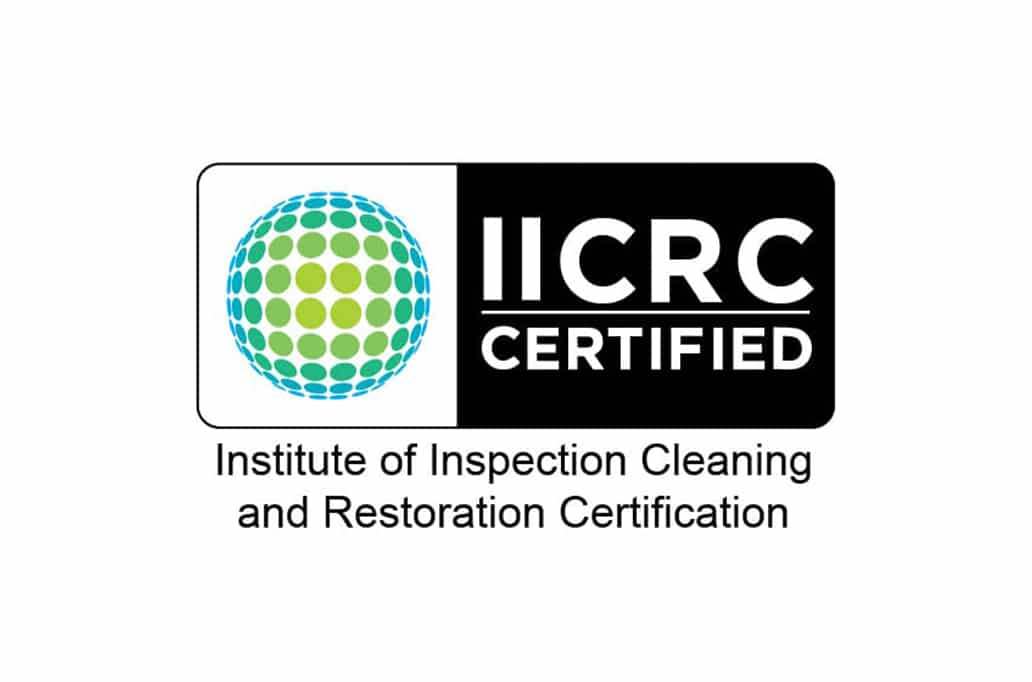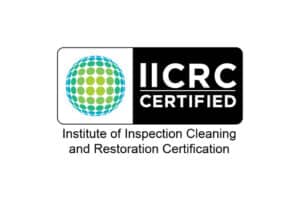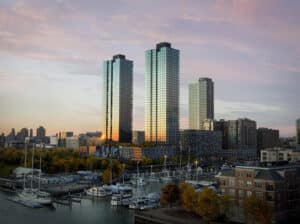When a multifamily property or an individual home experiences damage from water, fire, or mold, speed and expertise matter more than anything else. Homeowners and property managers alike are under pressure to restore spaces quickly, minimize disruption for residents or families, and protect the asset’s long-term value. Choosing the right property restoration company is essential when your property suffers damage from water, fire, smoke, or mold. To make the right decision, an IICRC certification is one of the clearest indicators of professionalism and trustworthiness.
Table of Contents
ToggleWhat are IICRC Certifications?
The Institute of Inspection Cleaning and Restoration Certification (IICRC) is the leading authority in the restoration industry. Since 1972, the organization has set global standards for inspection, cleaning, and restoration services. Its certifications cover specialties ranging from water damage and fire restoration to mold remediation and carpet cleaning.
Earning IICRC certification requires all the team’s technicians to complete rigorous training, demonstrate technical proficiency, and pass comprehensive exams. It is not a simple task and needs a thorough commitment from the entire team. Furthermore, it also requires ongoing education, ensuring that professionals stay up to date with the latest equipment, safety protocols, and restoration methodologies.
When you see that a company is an IICRC-certified restoration company, it means their technicians have been tested with industry-recognized standards and are committed to maintaining those standards over time.
The Importance of IICRC Certifications in Restoration Services
For both homeowners and multifamily property owners/managers, the value of working with certified cleaning and restoration services goes beyond credentials on paper. It means lower risk, quicker recovery, and ultimate asset protection.
- Proven Standards for Complex Projects
The IICRC Standards are accredited by the American National Standards Institute (ANSI). This means they have been reviewed and approved by experts across the industry. That is, they have been looked at and vetted by industry experts. This means that they follow the best, science-tested techniques to restore damage completely and safely. - Confidence in the Process
When your property has been hit by a flood or fire, the last thing you need is guesswork. IICRC-certified professionals for home restoration know what they are doing. They know how to accurately evaluate the situation, use the proper equipment, and apply the optimal techniques. Their training runs the gamut from detecting hidden moisture to drying correctly to avoid long-term structural problems or secondary issues such as mold growth. - Simplified Insurance Claims
Insurance companies commonly prefer IICRC certification as an indication of credibility. Having an IICRC-certified restoration company work for your home or multifamily property can simplify claims processing and make it faster. Adjusters are aware that certified restorers adhere to established procedures, thereby eliminating controversies regarding whether the job was done professionally or not. That translates into less back-and-forth for your family or management staff and faster resolution of claims. - Resident Trust and Peace of Mind
In the multifamily space, resident experience matters. Professional restoration services prove to be more comforting, reassuring to tenants in times of distress. For homeowners, the same is true; knowing that certified professionals are restoring your home brings peace of mind that your family’s health and safety are the top priority. With a professional team working on the restoration, trust in property management, or confidence as a homeowner, greatly increases.
Why It Matters for Multifamily Properties
Multifamily properties present unique restoration challenges compared to single-family homes. In such scenarios, damage does not stop at one unit. Water can seep in through walls and floors and affect other units; the same is true with fire damage, as the smoke may damage multiple units. The same is true for mold infestation. Certified restoration services are helpful for a quick inspection and rapid restoration work. IICRC Certified professionals are trained to manage these complex dynamics. They are well-equipped to contain damage, minimize resident displacement, and restore units to pre-loss condition while protecting the integrity of the entire building.
For individual homeowners, while the scale may not be as complex, the stakes are deeply personal. Your home is your family’s safe space, and IICRC-certified restoration ensures that damage is resolved properly the first time, preventing hidden issues like mold, structural weakness, or air quality problems that can harm your household over time.
Choose an IICRC Certified Company
The importance of IICRC standards in restoration cannot be overstated. Certification is more than a credential. It is your assurance that the restoration partner you have partnered with is committed to the highest industry standards. It is highly recommended to confirm IICRC certification before hiring a restoration company. Whether the concern issue is water intrusion, fire damage, or mold, certified cleaning and restoration services deliver proven results. They protect your home or multifamily property, keep your family or residents safe, and restore confidence during challenging times.
When disaster strikes, it is not the time to panic, but to stay composed and make the right decision. Choosing a team like Renu with IICRC training and certification is the right choice to make. We help restore your property the right way, minimizing costs, safeguarding your health, protecting your assets, and keeping your home operating smoothly.
#RestorationCompanies #RestorationProfessionals #CertifiedRestorationServices #IICRCCertifiedProfessionals #CertfiedCleaning #IICRCStandards #RenovationCompany #RenovationExperts #Dallas #LasVegas #Phoenix #Tampa










